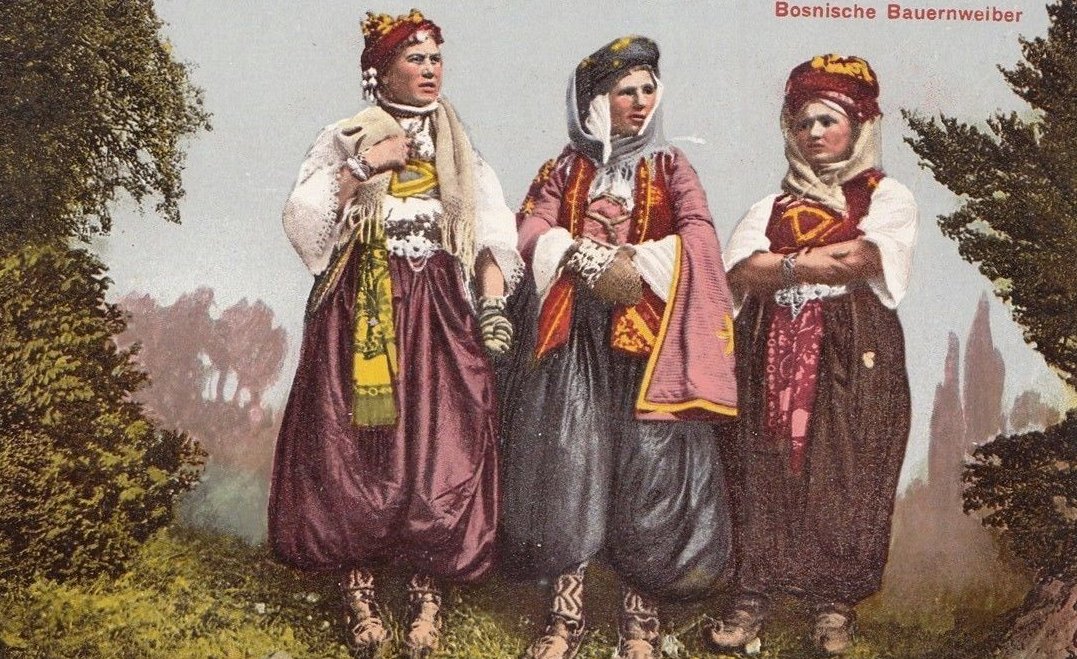Prince Stefan Nemanja (r. 1169–ninety six) conquered the neighbouring territories of Kosovo, Duklja and Zachlumia. Nemanja’s older son, Stefan Nemanjić, became Serbia’s first acknowledged king, while his younger son, Rastko, based the Serbian Orthodox Church within the 12 months 1219, and have become known as Saint Sava after his demise.
By the 12 months 1377, Bosnia was elevated right into a kingdom with the coronation of Tvrtko as the first Bosnian King in Mile near Visoko in the Bosnian heartland. The bulk of Bosnia proper, nonetheless, seems to have been a territory between Serb and Croat rule and isn’t enumerated as one of the areas settled by these tribes. Bosnia and Herzegovina,[a] abbreviated BiH or B&H,[b] sometimes called Bosnia–Herzegovina and sometimes known informally as Bosnia, is a country of South and Southeast Europe, situated throughout the Balkans. In 2007, the International Court of Justice issued its ruling in a historic civil lawsuit brought by Bosnia against Serbia. Though the courtroom referred to as the bloodbath at Srebrenica genocide and mentioned that Serbia “might and should” have prevented it and punished those who committed it, it stopped short of declaring Serbia guilty of the genocide itself.
On 15 April 1992, the Army of the Republic of Bosnia and Herzegovina (ARBiH) was fashioned, with slightly over two-thirds of troops consisting of Bosniaks and virtually one-third of Croats and Serbs. The authorities in Sarajevo struggled to get organized and type an effective army force in opposition to the Serbs. Izetbegović concentrated all his forces on retaining management of Sarajevo. In the rest of Bosnia and Herzegovina, the federal government needed to rely on the HVO, that had already shaped their defenses, to cease the Serb advance. This was rejected by the political representatives of the Bosnian Serbs, who had boycotted the referendum.
Ethnic cleansing
The Ottoman conquest of Bosnia was notable as a result of, unlike all other European areas that came under Ottoman management, Bosnia retained its standing as a distinct entity from the very beginning (first as a sanjak, then as a province [eyalet]). The Ottomans imported their feudal system to Bosnia shortly after the take-over, and estates were granted to men called sipahis, in return for army service in instances of warfare. At the start of the Ottoman period, these estates have been normally, but not solely, granted to Muslims, and later solely to Muslims. In Bosnia, these land grants steadily turned hereditary, and by the top of the Ottoman period, a majority of the landowners in Bosnia were Muslims, and most Christians had been peasants or serfs Serbs.

Kingdom of Yugoslavia (1918–
At the end of the twelfth century, two of the most important items of Serbian medieval literature had been created– the Miroslav Gospels and the Vukan Gospels, which mixed handwritten Biblical texts with painted initials and small photos. Notable Baroque-influenced authors had been Andrija Zmajević, Gavril Stefanović Venclović, Jovan Rajić, Zaharije Orfelin and others.
In July 1995, Bosnian Serb forces killed as many as 8,000 Bosniak men and boys from the town of Srebrenica. Dampyr is an Italian comedian e-book, created by Mauro Boselli and Maurizio Colombo and published in Italy by Sergio Bonelli Editore about Harlan Draka, half human, half vampire, who wages struggle https://yourmailorderbride.com/bosnian-women/ on the multifaceted forces of Evil. The first two episodes are positioned in Bosnia and Herzegovina (#1 Il figlio del Diavolo) i.e. In 2010, Bosnian Commander Ejup Ganić was detained in London on a Serbian extradition request for alleged warfare crimes.
Croatia’s president Ivo Josipović apologised in April 2010 for his nation’s function within the Bosnian War. Bosnia and Herzegovina’s then-president Haris Silajdžić in turn praised relations with Croatia, remarks that starkly contrasted along with his harsh criticism of Serbia the day before. “I’m deeply sorry that the Republic of Croatia has contributed to the struggling of individuals and divisions which still burden us at present”, Josipović advised Bosnia and Herzegovina’s parliament.
Baroque and rococo developments in Serbian artwork emerged in the 18th century and are mostly represented in icon portray and portraits. Most of the Baroque authors were from the territory of Austrian Empire, such as Nikola Nešković, Teodor Kračun, Teodor Ilić Češljar, Zaharije Orfelin and Jakov Orfelin.
The first foreign group to reach was led by Abu Abdul Al-Aziz from Saudi Arabia. Izetbegović and the SDA initially claimed that that they had no knowledge of mujahideen items within the region.

In the early publish-warfare period (1995–2005), media improvement was guided primarily by international donors and cooperation agencies, who invested to assist reconstruct, diversify, democratize and professionalize media outlets. Some tv, magazines, and newspapers in Bosnia and Herzegovina are state-owned, and some are for-revenue firms funded by promoting, subscription, and different gross sales-related revenues. The Constitution of Bosnia and Herzegovina ensures freedom of speech.
All three deployed teams have been recommended by their respective international forces as well as the Ministry of Defence of Bosnia and Herzegovina. Bosnia is within the western Balkans, bordering Croatia (932 km or 579 mi) to the north and west, Serbia (302 km or 188 mi) to the east, and Montenegro (225 km or a hundred and forty mi) to the southeast. It has a shoreline about 20 kilometres (12 miles) long surrounding town of Neum. It lies between latitudes 42° and 46° N, and longitudes 15° and 20° E. On four February 2014, the protests against the government of the Federation of Bosnia and Herzegovina, one of the country’s two entities, dubbed the Bosnian Spring, the identify being taken from the Arab Spring, began within the northern city of Tuzla.
Bosnian War
Izetbegović proposed an asymmetrical federation on 22 February, where Slovenia and Croatia would maintain free ties with the four remaining republics. Shortly after that, he modified his place and opted for a sovereign Bosnia as a prerequisite for such a federation. On 25 March 1991, Croatian president Franjo Tuđman met with Serbian president Slobodan Milošević in Karađorđevo, reportedly to debate the partition of Bosnia and Herzegovina. On 6 June, Izetbegović and Macedonian president Kiro Gligorov proposed a weak confederation between Croatia, Slovenia, and a federation of the other 4 republics, which was rejected by Milošević. On 13 July, the federal government of Netherlands, then the presiding EC nation, suggested to different EC nations that the potential for agreed adjustments to Yugoslav Republics borders must be explored, but the proposal was rejected by other members.
The giant-scale removing of Bosnian-Serb heavy weapons started on 17 February 1994. On 23 October, 37 Bosniaks had been killed by the HVO within the Stupni Do massacre.
On 30 January, ARBiH and HVO leaders met in Vitez, together with representatives from UNPROFOR and other international observers, and signed a ceasefire within the space of central Bosnia, which came into effect on the following day. The scenario was nonetheless tense so Enver Hadžihasanović, commander of ARBiH’s 3rd Corps, and Tihomir Blaškić, commander of HVO’s Operative Zone Central Bosnia, had a meeting on thirteen February where a joint ARBiH-HVO commission was fashioned to resolve incidents. The January ceasefire in central Bosnia held via the next two months and in the first weeks of April, regardless of numerous minor incidents.
STRUGGLE FOR CONTROL IN BOSNIA
According to the 2013 census, Islam is the majority religion in Bosnia and Herzegovina, making up fifty one% of the inhabitants with Sunni Muslims making up 38% and the remainder are either Shia, follow other denominations, or do not identify with any denomination. At least till the civil warfare within the Nineties, it was common for Christian men to marry Muslim women with out having to transform to Islam, although this is not possible in traditional Islam. According to the 1991 census, Bosnia and Herzegovina had a population of four,369,319, while the 1996 World Bank Group census showed a decrease to 3,764,425. Large population migrations during the Yugoslav wars in the 1990s have brought on demographic shifts in the nation. Between 1991 and 2013, political disagreements made it impossible to prepare a census.

